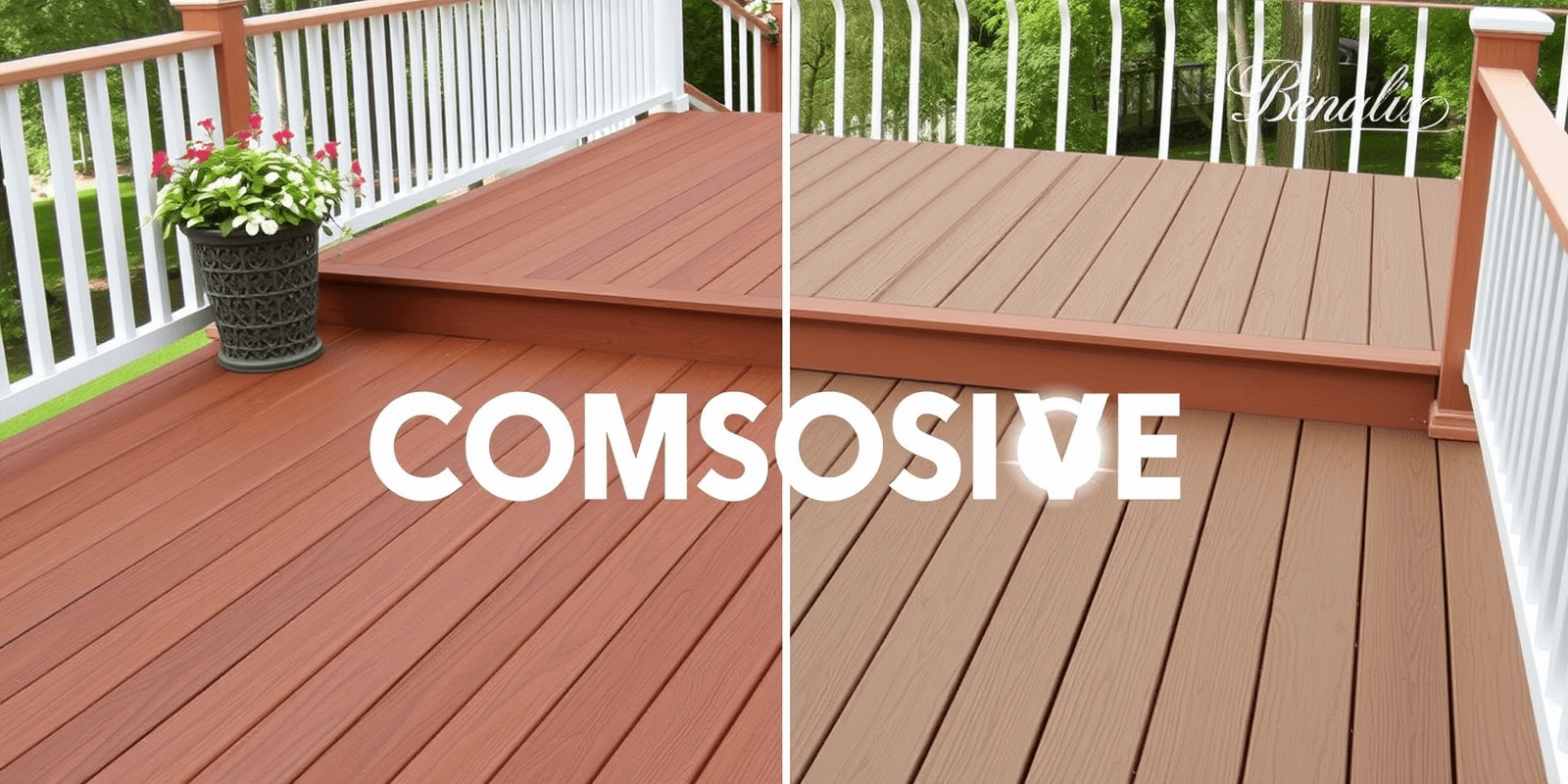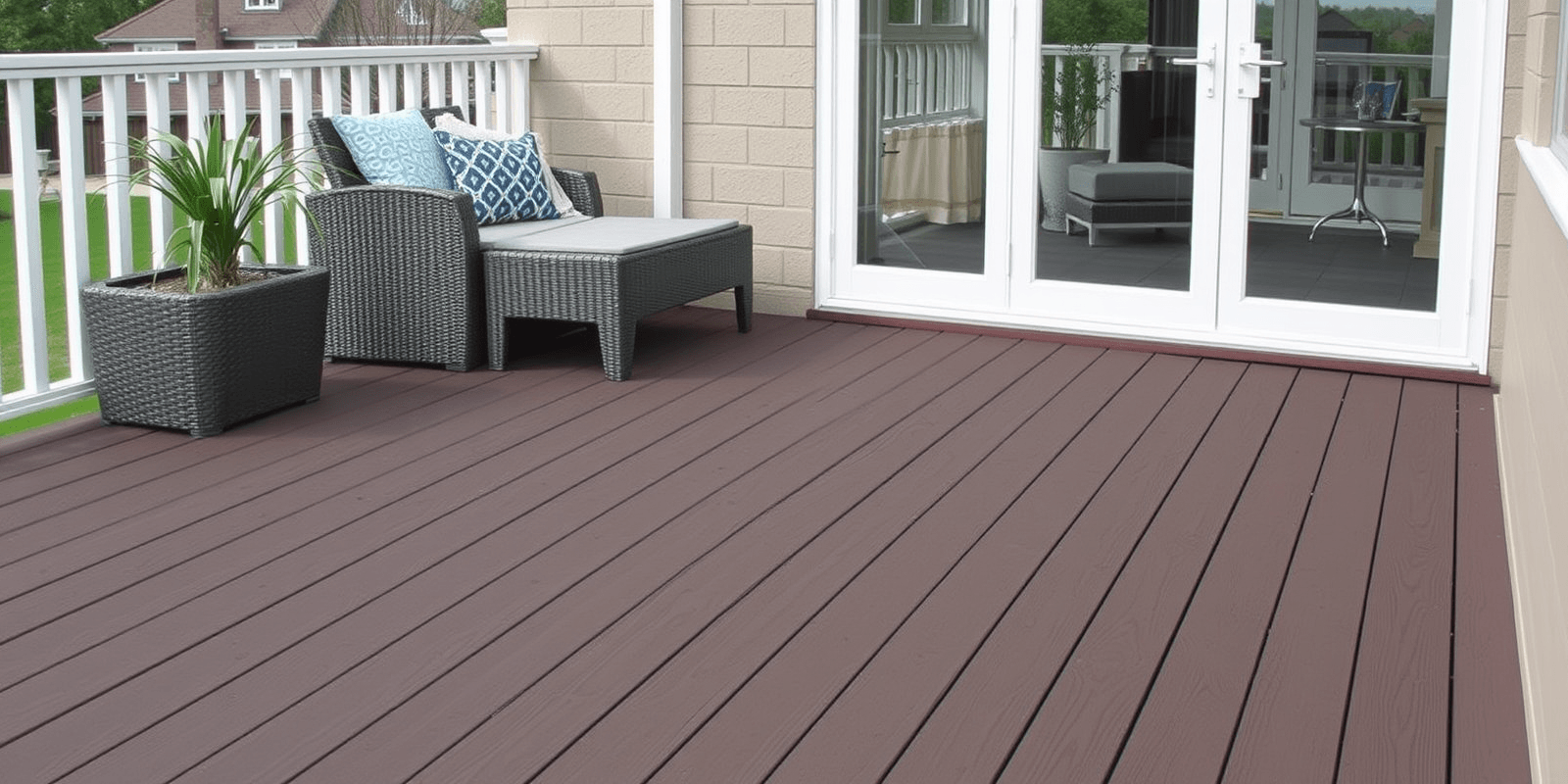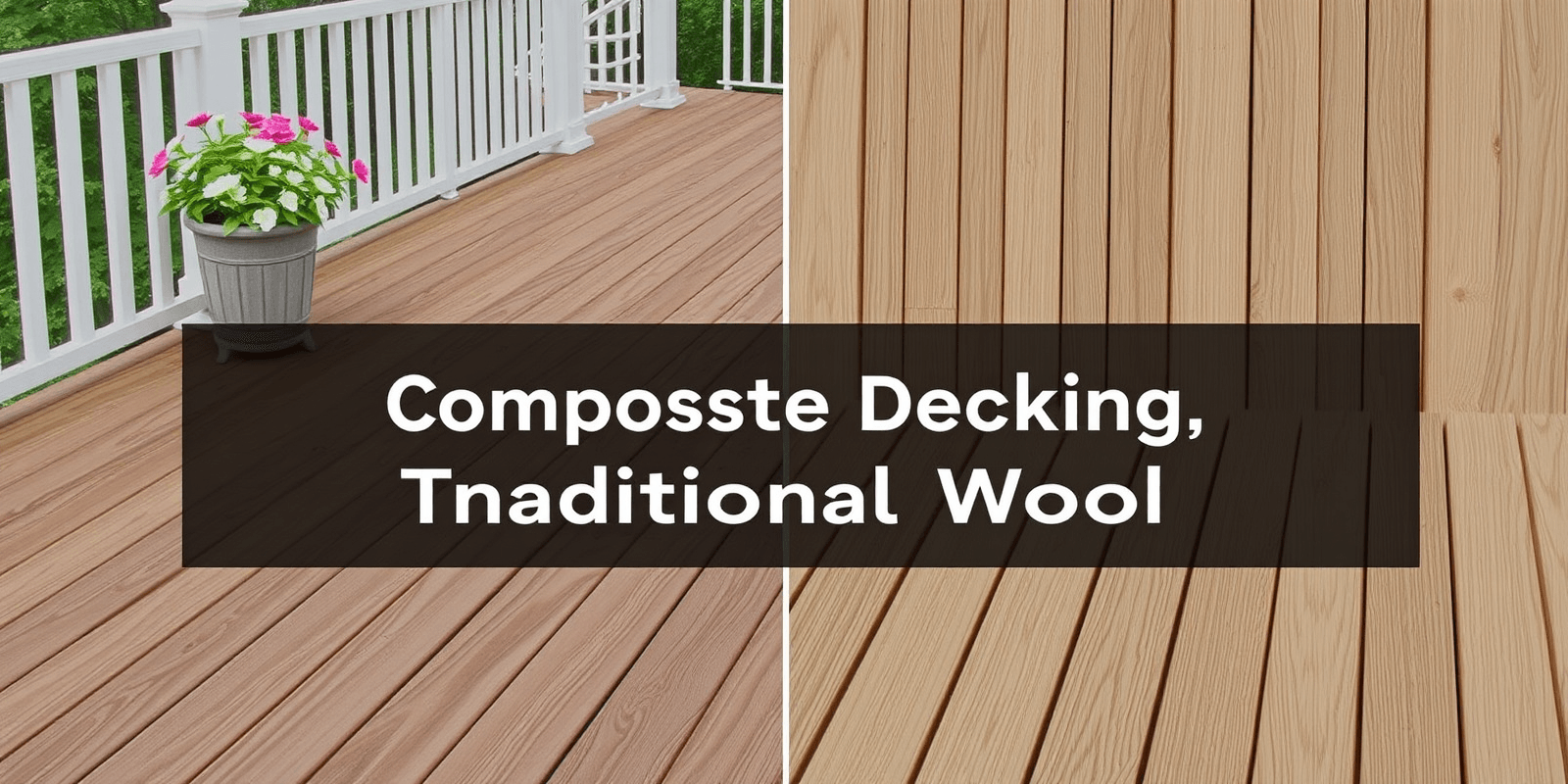“`html
What is Modified Wood Decking vs Composite Decking?
Introduction
In the world of outdoor living spaces, choosing the right decking material is crucial for creating a durable, aesthetically pleasing, and low-maintenance area. Two popular options are modified wood decking and composite decking. Both materials offer unique advantages and disadvantages. This article provides a comprehensive overview of modified wood and composite decking, including their benefits, drawbacks, maintenance requirements, cost considerations, and aesthetic qualities.
Modified Wood Decking
Benefits: Modified wood decking, such as Accoya or Tricoya, undergoes a chemical process that enhances its durability and resistance to rot, decay, and insects. This treatment makes it more stable and less prone to warping or shrinking compared to untreated wood. It also retains the natural beauty and warmth of wood, making it an attractive option for those who prefer a traditional look.
Drawbacks: While modified wood is highly resistant to environmental factors, it still requires some maintenance, particularly in terms of sealing or staining to protect the surface from UV rays and moisture. Additionally, it can be more expensive than traditional untreated wood but is generally cheaper than composite decking.
Maintenance: Regular cleaning with soap and water, along with occasional resealing or restaining, will keep the deck looking its best.
Cost Considerations: The initial cost of modified wood is higher than untreated wood but lower than composite decking. However, the long-term savings on maintenance costs can make it a worthwhile investment.
Aesthetic Qualities: Modified wood maintains the natural look and feel of wood, offering a warm and inviting appearance that blends well with various architectural styles.
Composite Decking
Benefits: Composite decking is made from a combination of wood fibers and plastic, typically recycled high-density polyethylene (HDPE) or polypropylene. This blend results in a highly durable, low-maintenance product that resists rot, decay, and insect damage. Composite decking is also available in a wide range of colors and textures, allowing homeowners to customize their deck to match their preferences.
Drawbacks: One of the main drawbacks of composite decking is its tendency to fade over time, especially when exposed to direct sunlight. Additionally, it can become slippery when wet, which may pose safety concerns. While it is more resistant to scratches and dents than wood, it can still show signs of wear and tear.
Maintenance: Composite decking requires minimal maintenance. It needs occasional cleaning with mild detergent and water. Unlike wood, it does not require sealing or staining, which can save time and money in the long run.
Cost Considerations: Composite decking is generally more expensive than both untreated and modified wood decking. However, its longevity and reduced maintenance needs often justify the higher upfront cost.
Aesthetic Qualities: Composite decking offers a variety of colors and finishes, allowing for customization. However, it may lack the natural wood grain texture that some homeowners prefer.
Conclusion
Both modified wood and composite decking materials have their own set of advantages and disadvantages. Modified wood decking offers a natural look and feel while providing enhanced durability and stability. Composite decking, on the other hand, is highly durable and requires minimal maintenance, making it a popular choice for those seeking a low-maintenance option. When choosing between these two materials, consider your budget, maintenance preferences, and desired aesthetic qualities to make the best decision for your outdoor space.
“`



